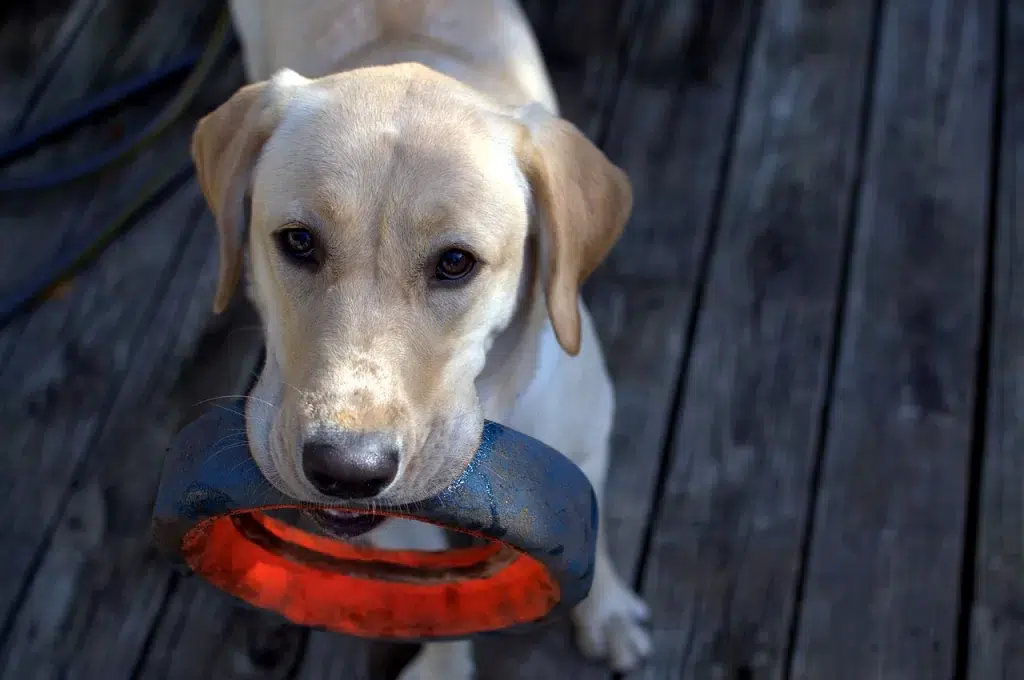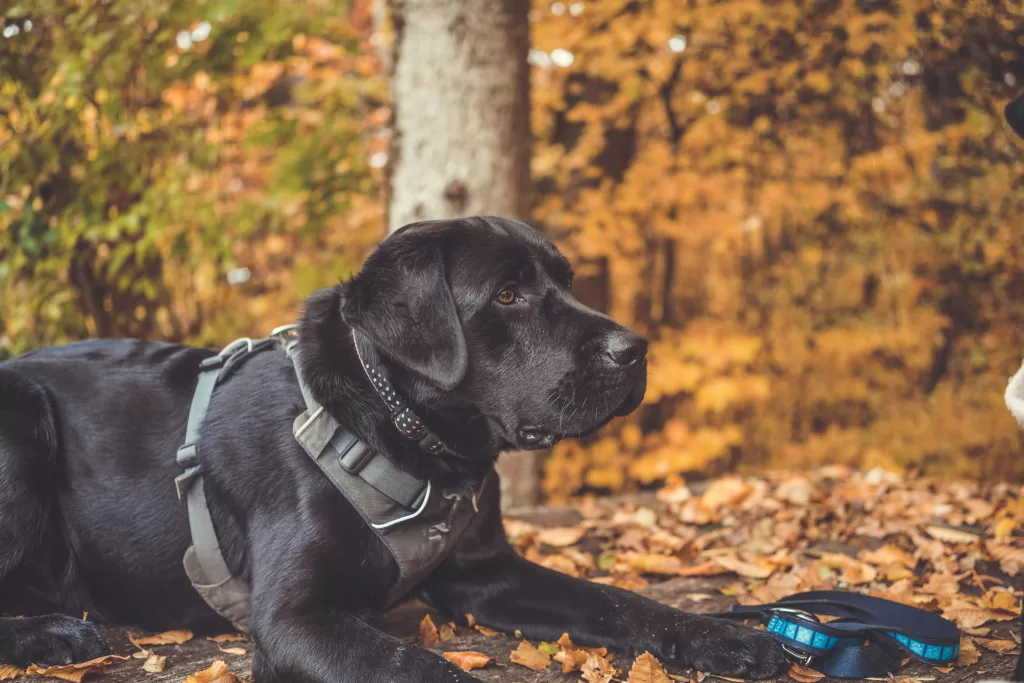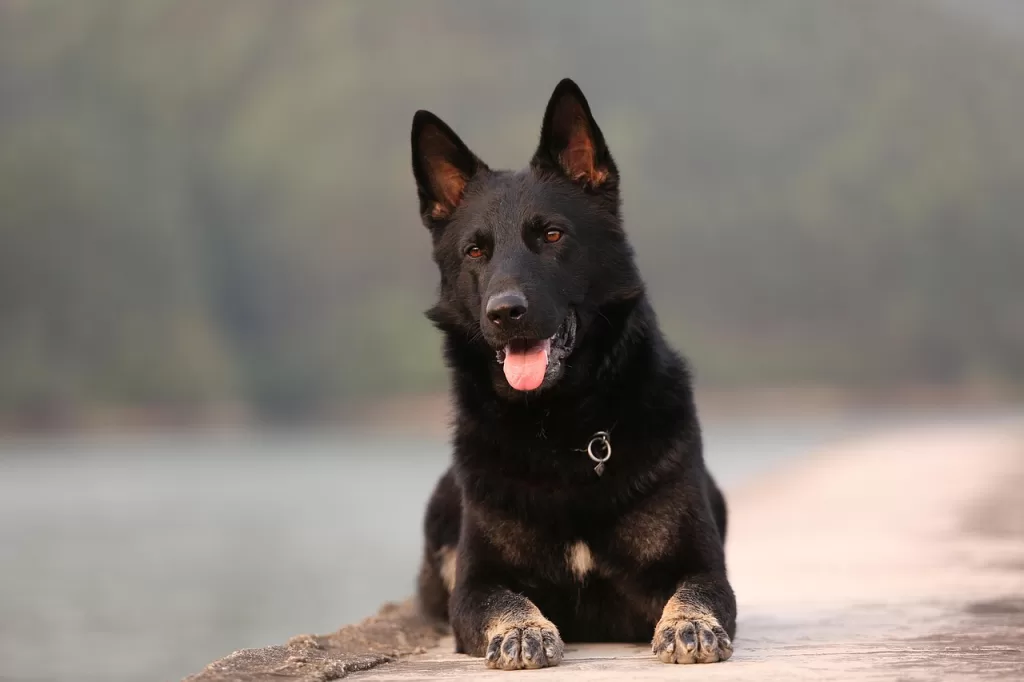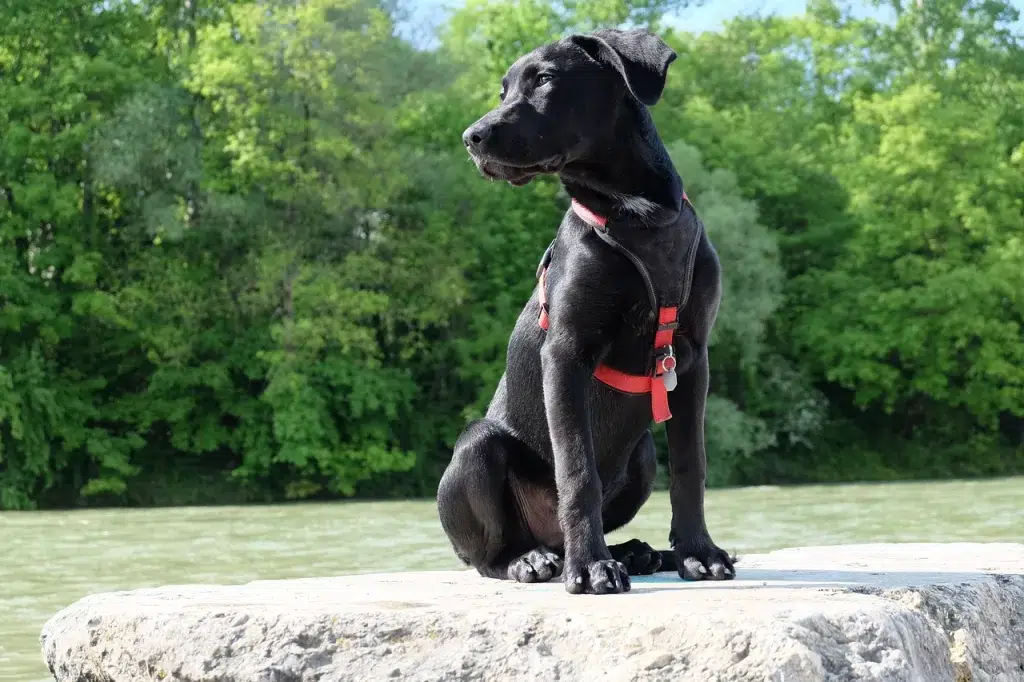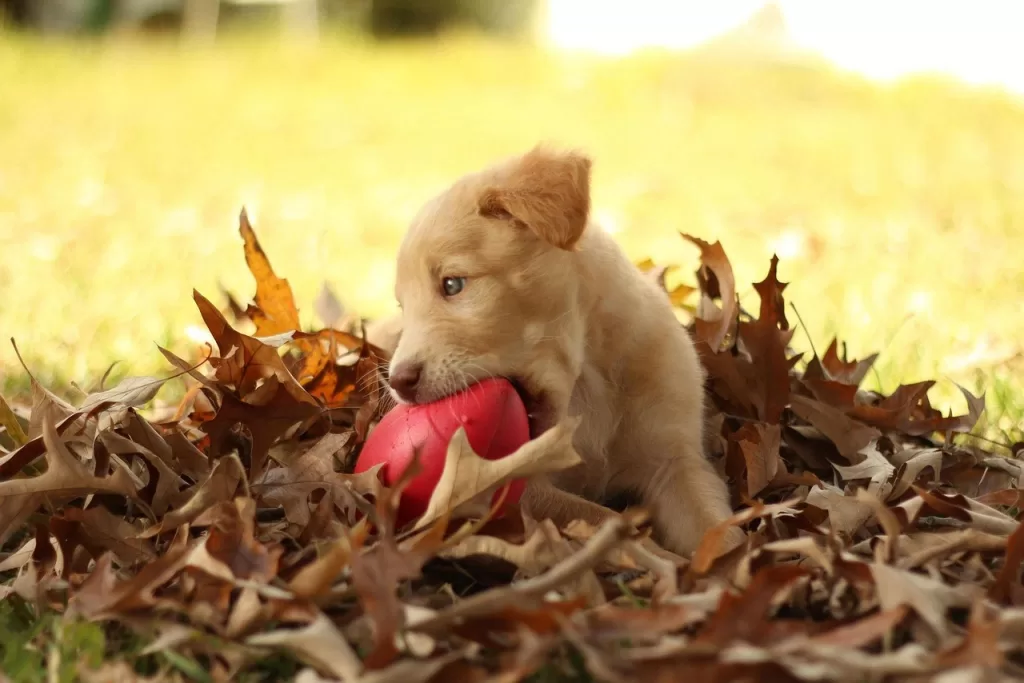Aquatic Adventures: Training Your Dog to Swim Safely

Introduction:
Dogs are known as man’s best friend, and for many of us, that includes sharing our love for water-based activities. Whether it’s a day at the beach, a dip in the pool, or a boating excursion, having a furry companion by our side can enhance the experience. However, just like humans, dogs need to learn how to swim safely to fully enjoy aquatic adventures. In this guide, we’ll explore the importance of training your dog to swim and provide tips for ensuring their safety in the water.
Why Teach Your Dog to Swim?
While some dogs are natural swimmers, others may need a bit of guidance to feel comfortable in the water. Teaching your dog to swim has numerous benefits, including:
- Exercise: Swimming is an excellent form of exercise for dogs, providing a full-body workout that is gentle on their joints.
- Bonding: Training your dog to swim can strengthen the bond between you and your furry friend, as it requires trust and cooperation.
- Safety: Even if your dog doesn’t frequent bodies of water, knowing how to swim can be a life-saving skill in the event of an accident.
Getting Started:
Before diving into the water, it’s essential to prepare your dog for swimming. Here’s how to get started:
- Choose the Right Location: Opt for a calm, shallow body of water for your dog’s first swimming lesson. A quiet lake or a designated dog beach are ideal options.
- Invest in Safety Gear: Consider purchasing a canine life jacket to provide extra buoyancy and ensure your dog’s safety while they’re learning to swim.
- Start Slow: Introduce your dog to the water gradually, allowing them to wade in at their own pace. Use treats and positive reinforcement to create a positive association with the water.
- Support and Encourage: Stay close to your dog during their first few swimming attempts, offering support and encouragement as needed. Avoid forcing them into the water or throwing them in, as this can create fear and anxiety.
Teaching Basic Swimming Skills:
Once your dog is comfortable in the water, you can begin teaching them basic swimming skills. Here are some tips to help them become confident swimmers:
- Practice Buoyancy: Hold your dog under their belly to help them maintain buoyancy while swimming. Gradually release your grip as they become more confident.
- Encourage Paddling: Use verbal cues and hand signals to encourage your dog to paddle their legs and move through the water. You can also gently guide them by supporting their hindquarters.
- Practice Retrieval: Playing fetch in the water is a fun way to reinforce swimming skills and build your dog’s confidence. Start with short distances and gradually increase the challenge as they improve.
- Monitor Energy Levels: Pay attention to your dog’s energy levels while swimming and take frequent breaks to prevent exhaustion. Provide plenty of fresh water and shade to keep them hydrated and comfortable.
Safety Tips:
Ensuring your dog’s safety should always be a top priority when engaging in aquatic activities. Here are some essential safety tips to keep in mind:
- Supervision: Never leave your dog unattended near water, as even strong swimmers can get into trouble.
- Know the Signs of Distress: Familiarize yourself with the signs of drowning and distress in dogs, including frantic paddling, yelping, and struggling to keep their head above water.
- Rinse Off: After swimming, rinse your dog with fresh water to remove chlorine, salt, or other chemicals that could irritate their skin or coat.
- Practice Regular Training: Swimming is a skill that requires regular practice to maintain proficiency. Make swimming a part of your dog’s routine to keep their skills sharp.
Conclusion:
Training your dog to swim safely opens up a world of aquatic adventures for both of you to enjoy. By taking the time to introduce them to the water gradually and teaching them basic swimming skills, you can ensure that your furry friend stays safe and has a splashing good time. Remember to always prioritize your dog’s safety and monitor them closely whenever they’re near water. With patience, practice, and plenty of positive reinforcement, you and your canine companion can make a splash together for years to come!
Aquatic Adventures: Training Your Dog to Swim Safely Read More »

